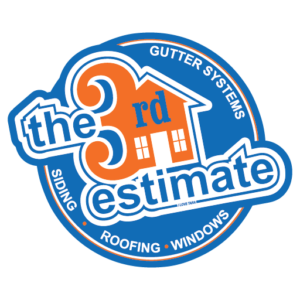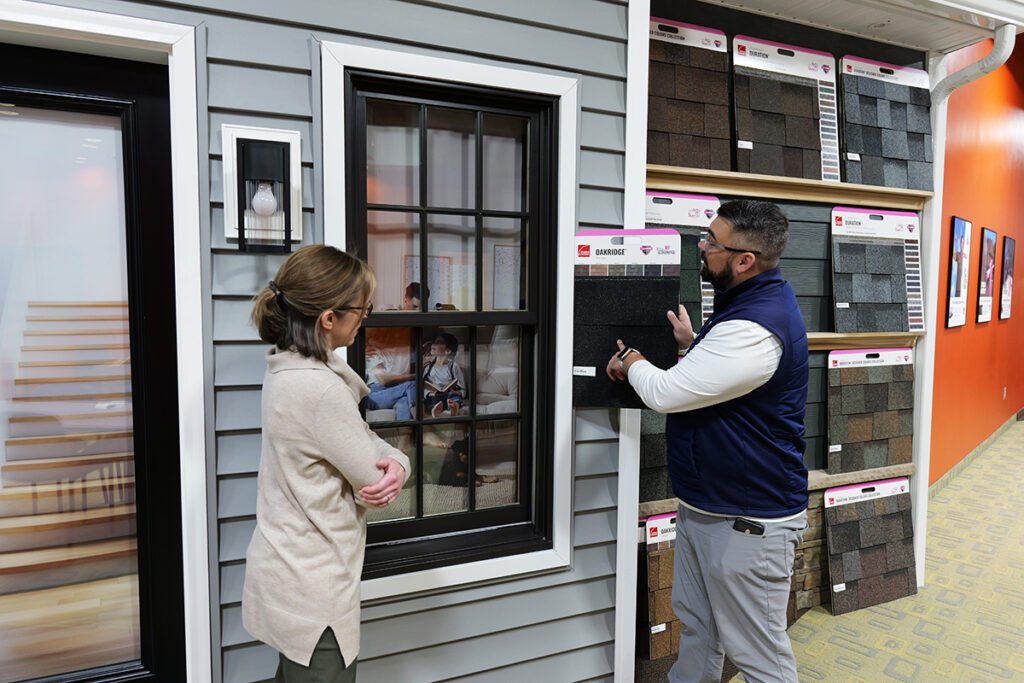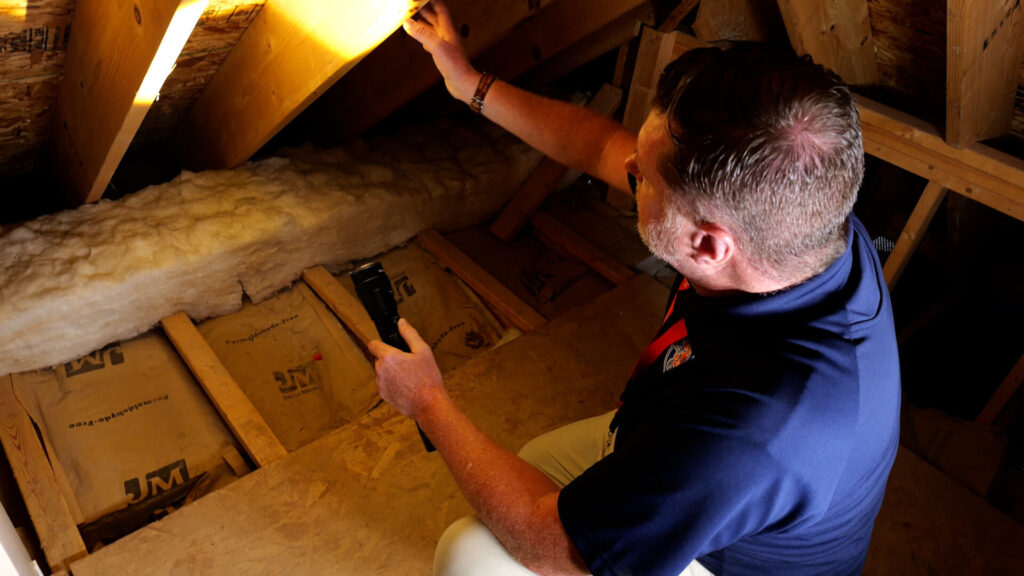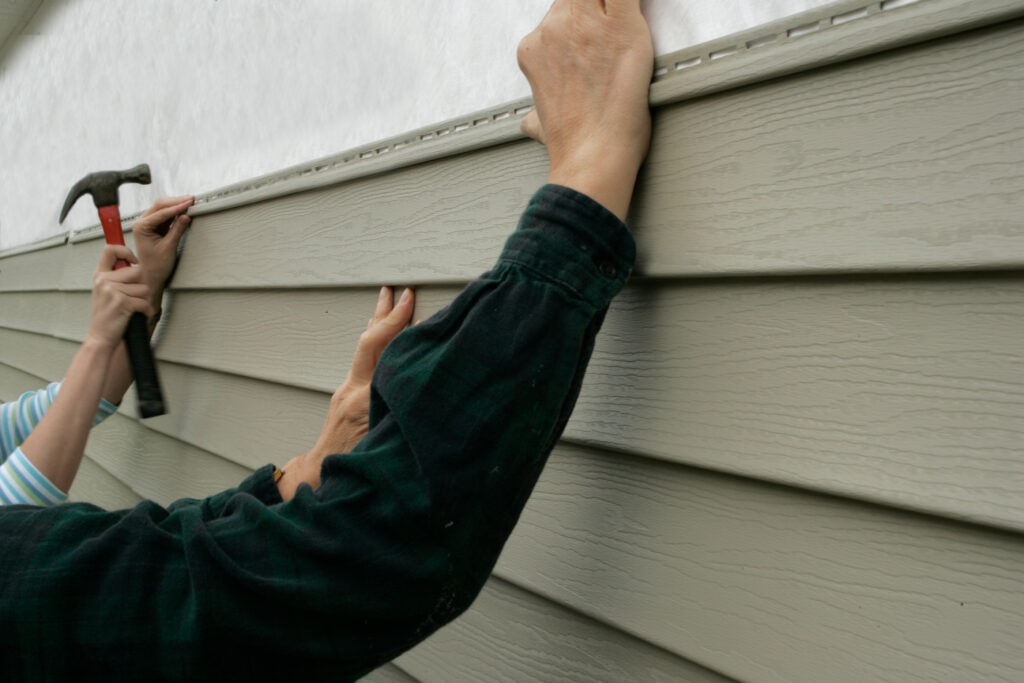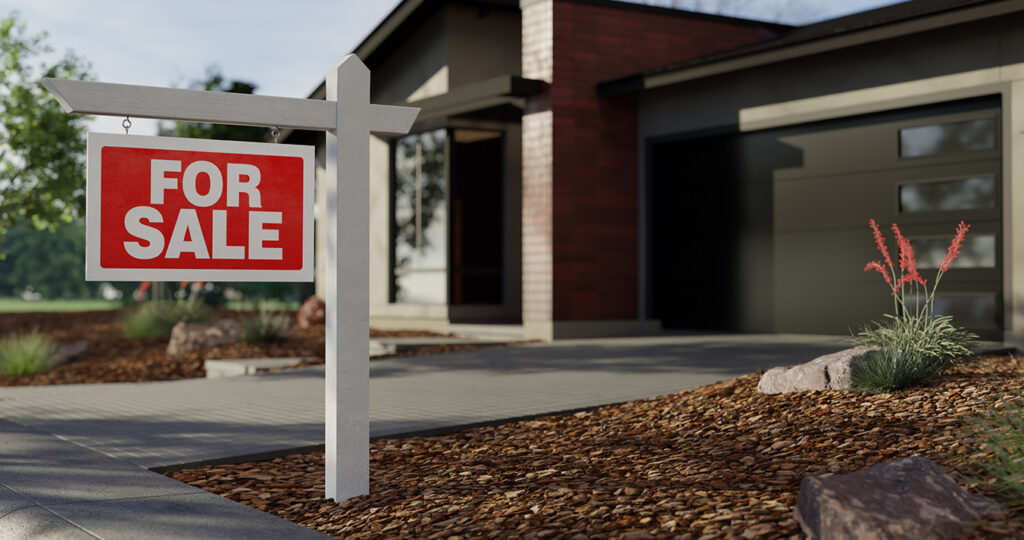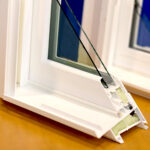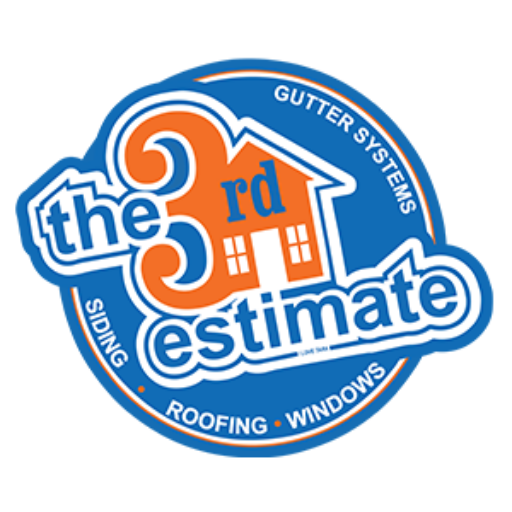Siding is not just about enhancing your home’s curb appeal; it’s a crucial protective layer against the elements. As a trusted James Hardie Preferred Contractor, we bring you the best practices for maintaining and cleaning your siding to ensure its longevity, keeping your home safe and beautiful for years to come.

Why Siding Maintenance Matters
Siding, whether it’s vinyl, fiber cement, wood, or any other material, is exposed to a range of environmental factors, including sun, rain, wind, and even pests. Over time, this exposure can cause dirt, grime, mold, and mildew to accumulate on the surface. If left unchecked, these contaminants can lead to damage, discoloration, and a shorter lifespan for your siding.
1. Regular Inspections
The first step in maintaining your siding is to perform regular inspections. Check for signs of wear and tear, loose or damaged panels, and any visible stains or discoloration. Early detection allows you to address issues before they escalate.
2. Cleaning Your Siding
Cleaning your siding is a vital part of maintenance. The method you choose depends on the type of siding you have:
- Vinyl Siding: Use a mixture of mild detergent and water. Scrub gently with a soft brush or a cloth, working from the bottom up. Rinse with a hose.
- Fiber Cement Siding: A mixture of water and mild soap can also be used but take care not to scrub too aggressively to avoid damaging the surface. Rinse thoroughly.
- Wood Siding: Wood siding requires a delicate touch. Use a wood cleaner and a soft brush to remove dirt and grime. Rinse with a hose and be cautious about pressure washing, as it can damage the wood.
Tips for a Safe and Effective Cleaning:
- Start at the bottom and work your way up to prevent streaking.
- Use a soft brush or cloth to avoid scratching the surface.
- Rinse thoroughly to remove all cleaning agents.
- Be cautious with pressure washing, as it can damage certain siding materials.
- Always follow the manufacturer’s recommendations for cleaning and maintenance.
3. Preventing Mold and Mildew
To prevent mold and mildew growth, make sure your siding is adequately ventilated, and trees or plants around your home don’t obstruct airflow. Trim vegetation regularly to prevent moisture from accumulating on the siding.
4. Seal Gaps and Cracks
Inspect your siding for any gaps or cracks, and seal them promptly to prevent water infiltration. Addressing these issues can also help maintain energy efficiency in your home.
5. Professional Maintenance
If you have any concerns regarding your siding, consider scheduling an inspection and/or maintenance services with a reputable company. They should have the experience and knowledge to identify potential problems early and perform any necessary repairs, ensuring the longevity of your siding.
Maintaining and cleaning your siding is essential to extend its lifespan and protect your home’s exterior. Regular inspections, gentle cleaning, and preventive measures against mold and mildew can go a long way in preserving the beauty and integrity of your siding.
